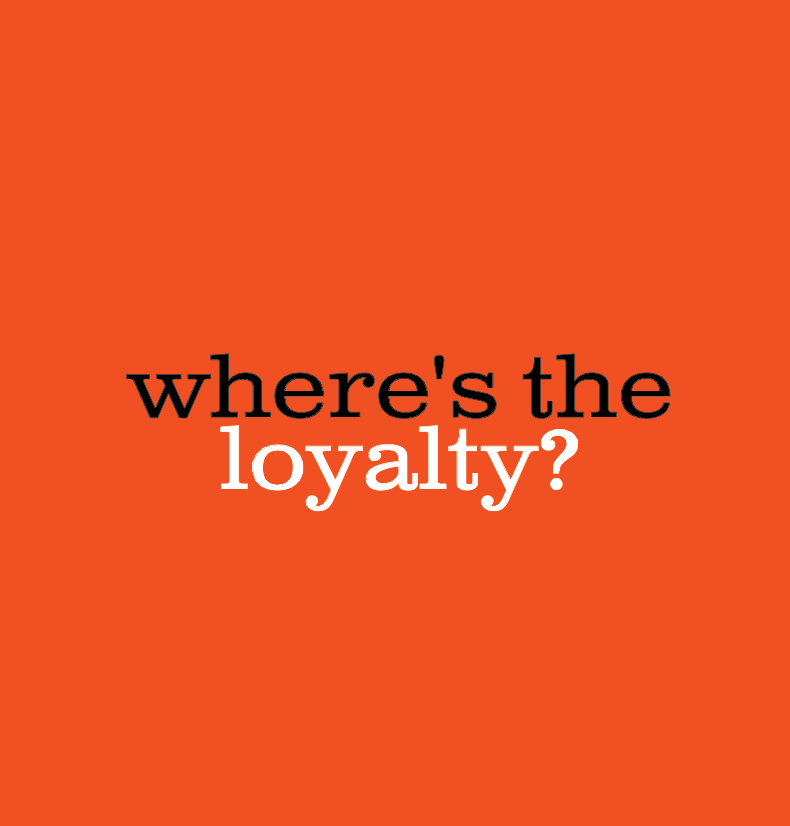Sludge and eroding customer trust, by businesses
- Julie Boake

- Jan 3
- 5 min read
Updated: Mar 24

When was the last time you tried to cancel a subscription or delete an app only to be met with an impossible-to-find button, endless “Are you sure?” prompts, deceptive buttons, or hidden hoops to jump through? This isn’t bad (user experience) UX by accident — it’s a deliberate strategy businesses use known as sludge. While it might boost short-term profits, these tactics undermine customer trust and long-term loyalty.
Let's explore how businesses use sludge in online and offline experiences to frustrate customers in a feeble attempt to anger us into staying with them. We’ll also look at how companies can design sludge-free experiences that build loyalty instead of eroding it.
What Is Sludge and how does it erode trust in customers?
In behavioural economics, sludge refers to excessive friction or intentional obstacles that make a process unnecessarily difficult for users. If you understand 'nudge' then sludge is the opposite. Nudges gently inspire people towards chosen actions; sludge traps them (for the company's benefit) making it difficult to get rid of.
In digital spaces, sludge takes many forms:
Difficult cancellation processes (app subscriptions)
Hidden fees (fine print following an initial promotion)
Overly complex account deletion procedures (have you ever looked for how to remove your Facebook profile/account?)
Confusing navigation designed to keep users trapped (navigating around Amazon)
While some friction can be intentional to ensure security or compliance, what makes a sludge different is that it generally goes beyond necessity and may aim to manipulate or hide something from the consumer.
Sludge Online: The Hidden Friction
Some businesses have embraced sludge as part of their growth strategy - how many times have you been too frustrated and given up? The intentionality of the difficult-to-navigate experience erodes our trust and wastes our time.
Here are some common examples of online/digital sludge you may have experienced:
1. Subscription Cancellations: The Endless Loops
Think about your favourite streaming service. You signed up in seconds, but when it comes time to cancel, suddenly, it's a different story.

Take Amazon Prime as an example. Cancelling Prime involves navigating multiple confirmation screens, each with strategically placed buttons encouraging you to “Keep your Membership.” The cancellation option is often buried, making it difficult for users to complete the process. And when you finally find the right spot to cancel, you are 'guilted' with all that you'll miss by cancelling, making you doubt your decision, also intentional.
These tactics work, reducing churn and prolonging subscriptions is good for the business. However, over time, we remember the frustrating experience and feel betrayed by a brand, hesitant to ever re-engage (and often sharing our experiences online).
2. Account Deletion: The Vanishing Button
Some digital platforms make it easy to create an account but almost impossible to delete it.

For instance, social media companies like Meta (Facebook and Instagram) have been criticized for redesigning the platform and hiding the account deletion option deep in settings (vs how easy it was to find this button when it first launched). They use the concept of user fatigue by making the process exhausting; digital companies hope customers will give up before actually deleting the accounts.
This sludge tactic makes customers feel like prisoners, locked to the app and even more determined to 'break free'.
3. E-Commerce Sludge Tricks
Some design tricks manipulate users into taking actions they would not have otherwise, like adding extras to our cart or signing up for services without realizing it (we don't always notice the fine print or the default checked boxes until it's too late).
One example is Travelocity, which was accused of using pre-checked boxes to add travel insurance to users’ bookings chosen without their consent. Many airlines have hidden fees and unexpected charges which are another form of sludge that leave customers feeling cheated and surprised when we finally make it to review our cart.
But why?
Why do businesses use sludge tactics knowing it will erode customer trust? Short-term gains.
Sludge can reduce loss, boost conversions, and increase revenue in the short term. However, the long-term damage to customer loyalty is significant, have you ever tried to regain trust after a mistake? It's not easy to build trust, and in the online world we live in, many customers share their thoughts, whether in a review or online conversation, and we never know the level of influence our customers have.
Trust Is the Currency Online
In an era where customer experience is king, trust is a brand's most valuable currency. Customers expect transparency and fairness, and sludge offers customers the opposite.
Many customers are not eager to give second chances and will walk away from a brand they love after just one negative experience.
Brands prioritizing ethical design and transparent processes build more potent, longer and more loyal relationships. Authenticity and transparency pays dividends in customer retention and advocacy.
Streaming Sludge
Netflix vs. Hulu
Let’s look at two popular streaming platforms and how they handle cancellations.
Netflix makes it relatively easy to cancel your subscription. No hidden menus or confusing prompts, no-nonsense. The process is straightforward, even allowing users to easily restart their accounts if they change their minds later.
Hulu, has implemented a complex cancellation process with multiple prompts to 'reconsider', as well as tricky language that makes it challenging to confirm cancellation.
Which do you think customers will go back to? Users are more likely to return to a business when they appreciate the transparency and are confident it will be ok to again, change their mind later.
Subscription Sludge
Magazines
Once upon a time, all magazines were printed. It was an easy signup process to subscribe for 12 months, but many consumers didn't realize the sludge of cancelling through timing and unnessicary procedures. Often, you had to unsubscribe by mailing a letter at least 30 days before the end of the term, or you were automatically subscribed for another 12 months. If you wanted to cancel there was no phone number to call, no site to visit, the level of difficulty was higher than needed, unfairly designing a process to make the customer fail.
A Sludge-Free Approach
Businesses reduce sludge and build trust-based loyalty through ease of use and and transparency.
Here are a few principles to follow:
Be transparent about your policies, pricing, and processes. Customers appreciate honesty over manipulation.
For example, Dropbox makes it easy for users to cancel their accounts with clear instructions and ease of language.
Reducing unnecessary steps in key processes like account creation, subscription management, and cancellations.
Slack is an excellent example of a platform that prioritizes simplicity. Their user flows are clean and easy to follow, ensuring users feel in control.
Not all friction is harmful. Some friction adds value — like confirming high-stakes decisions or improving security (and adding a two-step verification step before your kid spends using your credit card). But remove friction where it frustrates customers.
For instance, many luxury brands require an extra step to confirm purchases over a certain amount. This friction protects users from accidental charges but doesn’t hinder their experience.
Sludge Is a Loyalty Killer
Sludge experiences are a silent killer of loyalty. While they may deliver short-term wins, the long-term cost is a deterioration of trust and customer loyalty.
In a digital-first world, businesses must prioritize sludge-free, ethical design practices that build long-term customer relationships. Those that do will stand out in a crowded market where trust and transparency are increasingly rare.




Comments